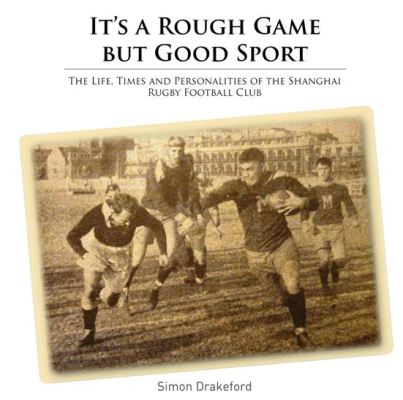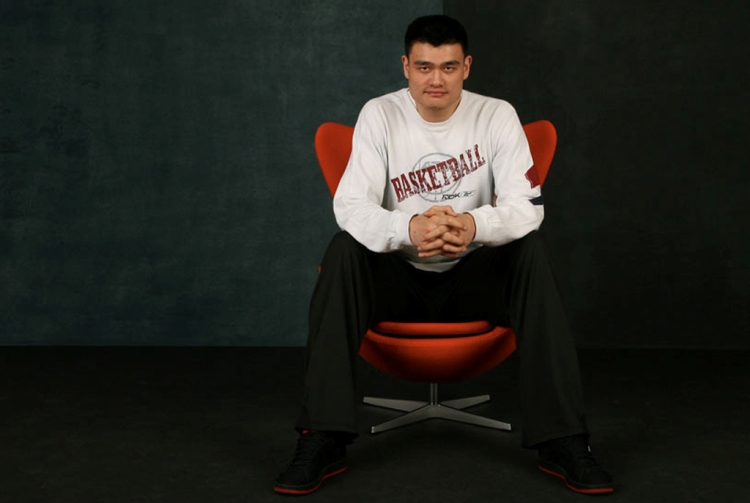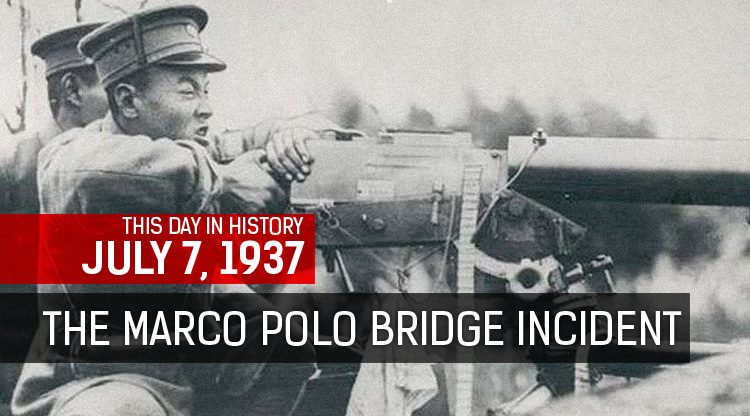This weekend the Kick the Gong Around crew are hosting a Vintage Zoo Festival out at one of Shanghai's most unique and striking buildings, the old slaughterhouse that is 1933 Shanghai.
To get us in the mood they Lily Ip has written an excellent blog about its history. We've lifted some good facts and the photos from it, but you can read the full version here.

Looking like something out of a Escher sketch, the magnificent concrete, steel and glass building boasts 26 sky bridges, four verandas, spiral staircases, sculpted ramps and more than 300 Gothic columns.

Located in Hongkou District, it strikes visual contrast set against Shanghai’s urban landscape. Originally designed by Balfours, a British Master Architect, and built by the Yu Hong Ji Construction company in 1933, it is now the last remaining of its design in the world. (The other two, one in London and one in the U.S, having now been subsequently demolished.)
 The Sky Theatre features a suspended stage surrounded by tempered glass flooring, each meter of which is designed to withstand loads of up to 400 kilograms.
The Sky Theatre features a suspended stage surrounded by tempered glass flooring, each meter of which is designed to withstand loads of up to 400 kilograms.
The building features a 24-sided dome-shaped central building, housed within a square structure, the exterior of which is made up of distinct geometrical motifs and lattice windows.
The 31,700 meter-squared project reportedly cost around 3.3 million tael (difficult to convert into modern figures, but we'll just say it's a lot of money).
It was built to reflect the growth of the city - as the population grew, people got richer, they ate more meat, which meant more cows and it was the largest slaughterhouse in the Far East.
Tonnes of concrete was imported from Britain, despite the material being one of the more difficult to work with.

Designed to function as an abattoir, with its maze-like ramps and textured floors to keep the cattle moving, the imagination runs riot at the thought of the cattle being herded down these ‘cattle-roads’ to their final destination.
On the off-chance that one decided to make a run for it and cause a stampede, the workers could dive into one of the many staircases (the width of one person) or one of the small sharp corners within the structure. A cleverly thought out design point.

Other well thought out design aspects include 50cm thick hollow walls to control the air temperature, particularly in the summer months and the lattice windows facing west (general wind direction in Shanghai) allowing for maximum air circulation.
The air bridges were also different widths to control the flow of cattle from one area to another, while the rough floor surfaces prevented the cattle from slipping. Uneven ramps prevented any flying cows, whilst at the same time ensuring constant movement.
There was also a religious design aspect built into it too – the west facing windows faced the same direction as the Buddhist holy land, which was said to aid with the animals’ reincarnation.
 The buildings exterior
The buildings exterior
Since its use as an abattoir, 1933 Shanghai has served several purposes – a cold storage facility and medicine factory from the 1970s to 2002 - but underwent a substantial RMB100 million restoration project in 2008 to turn it into a commercial and creative center after the building had fallen into disrepair.
Currently this unique complex contains boutique shops, cafes and restaurants and is the ideal facility for high-end events such as the upcoming Vintage Zoo Fest brought to you by KTGA. Check out all the details at their site right here and find the address right here.
No excuses - head along!






















0 User Comments